A world-first project to inject carbon into a spent oil and gas reservoir in the North Sea was witnessed by Danish Royalty at an event at the Port of Esbjerg.
A boss from energy giant Ineos, which is among the partners leading the Greensand carbon capture and storage (CCS) project off the coast of Denmark, has said a similar scheme in Peterhead is “the most attractive” in the UK and that “there is a huge amount to be learned here from what has happened”.
Chairman of Ineos Energy Brian Gilvary said it was important the UK made a decision to support the Acorn project in Peterhead due to its ability to help the UK meet its aims to reduce carbon pollution.
The Peterhead CCS project was sidelined in a 2021 UK government decision to make the Scottish project a “reserve cluster” allocating funding to projects based in the north-west and north-east of England instead.
Mr Gilvary, who joined Ineos after 34 years working for energy firm BP, latterly as its chief financial officer, said: “There is a huge amount to be learned here from what has happened between the Danish Government and the Belgian Government.
“From a parochial UK perspective, Acorn is by far – probably the most attractive of the projects we a can see in the United Kingdom.
“It can take up to 65% of the CO2 requirements we are going to need in the United Kingdom.
“It is important a decision is made on that.
“We will learn a huge amount from Wintershall on the technology here injecting the CO2 and what then happens to the CO2 in the reservoirs.”
He said of the three projects in the UK – the east coast, the west coast and the north east – that “for whatever reasons the UK went ahead with the east and west”.
“We can all decide whether that was about the levelling up agenda,” he said. “But nevertheless the most attractive of the three projects is certainly Acorn.”
What is Greensand?
The Greensand project involves shipping liquified CO2 produced at an Ineos factory in Antwerp to the North Sea to an old oil well operated by German oil and gas company Wintershall DEA.
WATCH: The story of Greensand
The partners hailed the resolving of the complexity of the agreements required to ship the CO2 across international borders as well as the Danish Government for allowing the injection to take place – not to mention supporting the event with €25 million (£22.25m).
His Royal Highness Crown Prince Frederik of Denmark officially launched the first injection of CO2 into the Nini field.
He said the event marked 50 years since his late father Henrik launched production of oil from the Danish North sea.
“Today we open a new chapter in the North Sea – a green chapter,” he said.
“The Danish subsoil holds great potential for the storage of CO2 and today it gives me great pleasure to reverse the traffic in the pipes and send CO2 back into the Danish underground, to the benefit of the climate, for Denmark and for Europe.”
The liquid carbon will to be stored at a depth of about 1,800 metres below the seabed and will eventually mineralise into a solid that can be stored safely, the partners believe.
As part of Acorn, Ineos could ship carbon produced at Grangemouth to be stored in spent oil and gas fields in the UK North Sea.
It is thought pipes used to import the oil and gas to the St Fergus gas terminal will be used to pump the liquid CO2 back, offering an even more efficient operation than the Danish Greensand project as it won’t require to be shipped to the oil rig for injection.
Ineos expects the UK government will bring the Acorn project on a “track 1” status this year which will allow its backers, including Shell and Harbour Energy, to unleash investment.
However, Mr Gilvary warned that the unpopular North Sea energy profits levy was creating a “disincentive” for investing in green projects such as CCS.
“In the same way we have tax incentives or tax disincentives that will prevent investment – which we are now starting to see in the United Kingdom with the windfall tax,” he said.
He added governments needed to provide the right framework for investment as well as putting public money behind the establishment of the CCS industry, but that firms like Ineos weren’t charitable organisations and that CCS will be a viable, profitable industry.
He said: “Right now in Europe carbon credits are trading at €92 a ton. So you have a choice, do I buy the paper credit to deal with my emissions or do I physically take my CO2 and inject it in a reservoir. A price of €92 per ton is right in the zone of economic viability as a standalone project.”
Speaking in a pre-recorded video, Ursula von der Leyen, president of the European Commission hailed a “big moment for Europe’s green transition, and for our cleantech industry”.
She set out how the European Union is supporting clean technology including an innovation fund that has awarded €2.8 billion to a variety of projects.
“We have started a mission to secure Europe’s industrial edge, create good and meaningful jobs and fix our planet. Carbon removal is part of this mission.”
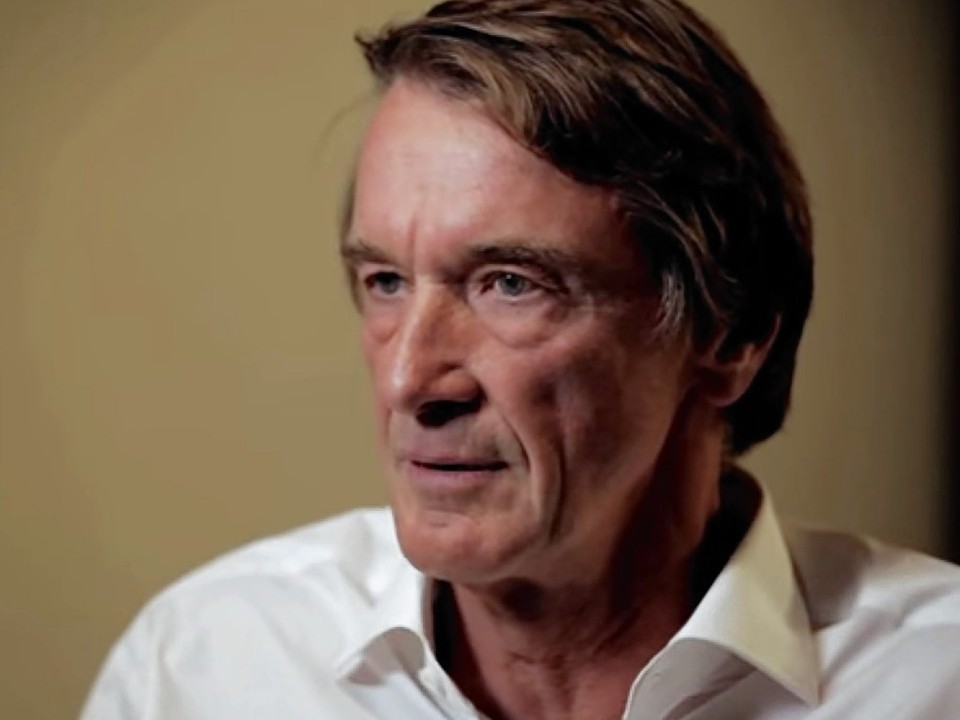
In a statement, Ineos’s billionaire founder and chairman Sir Jim Ratcliffe said: “This is a breakthrough for carbon capture and storage.
“It is the first time that carbon dioxide has been successfully captured, transported cross-border and safely stored offshore anywhere in the world.
“This important milestone firmly demonstrates that CCS is a technology that can deliver on a global scale.
“The task at hand for the industry and policymakers is now to support the continued development and deployment of CCS as an essential tool to mitigate climate change.”
READ: Ineos to ‘use the learning’ from Danish CCS project to inform Aberdeenshire’s Acorn
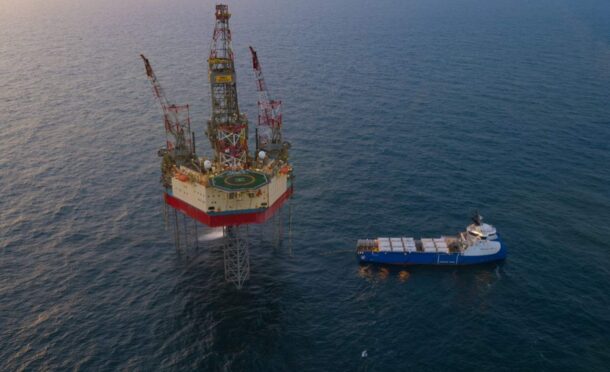
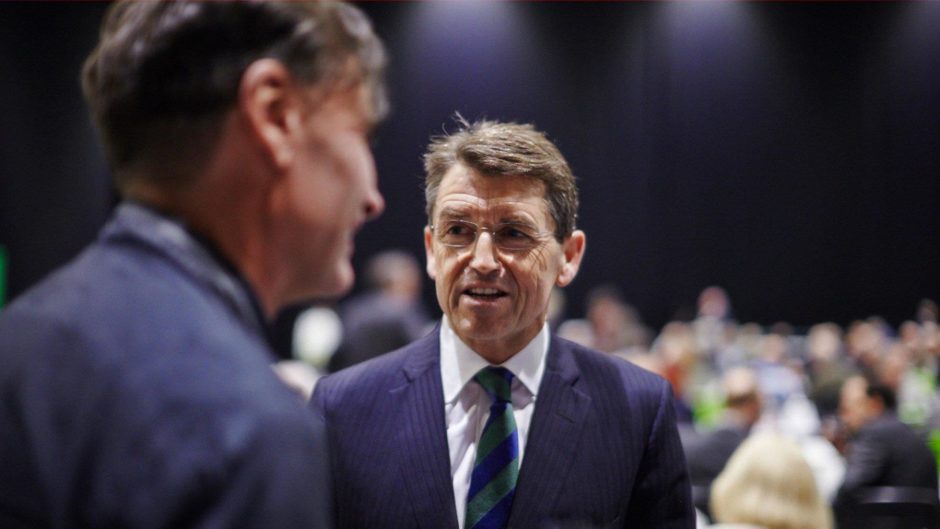
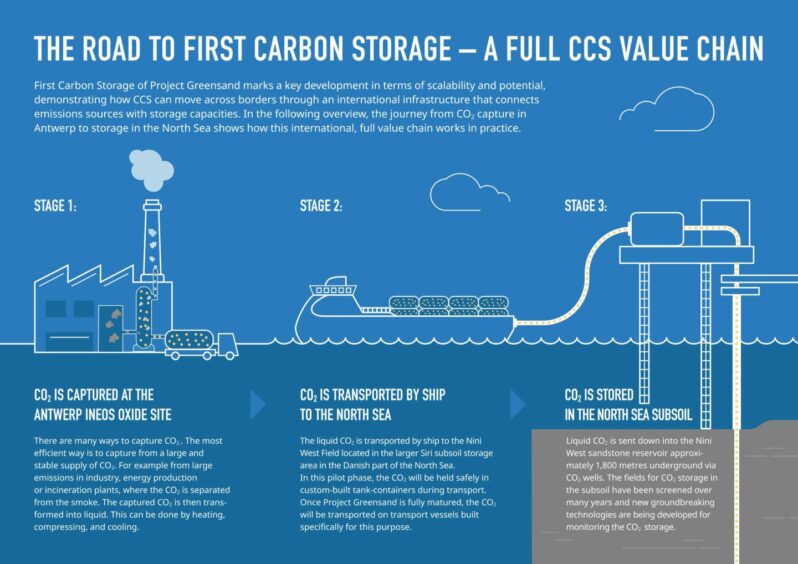
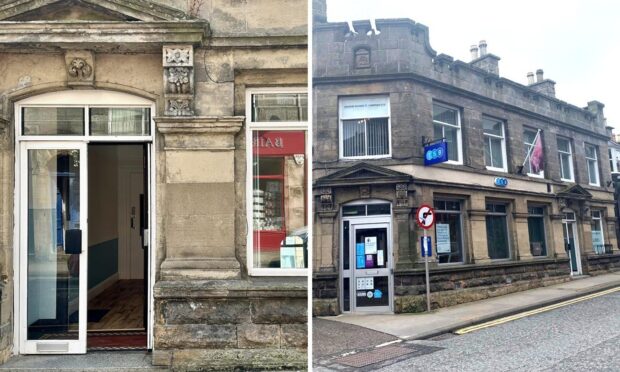
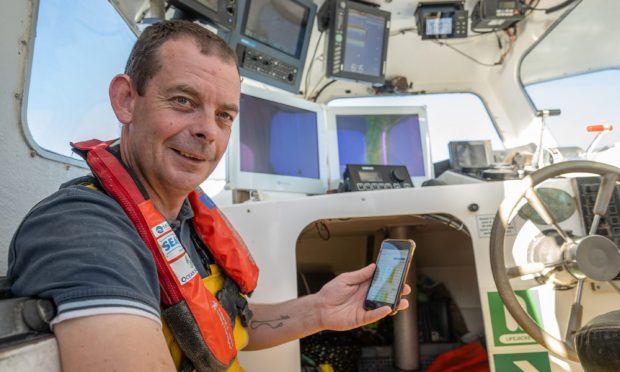
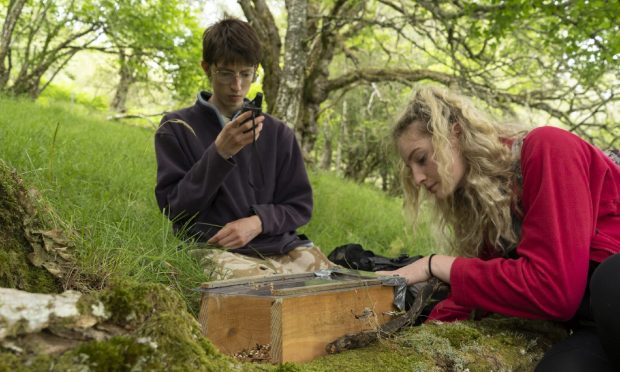
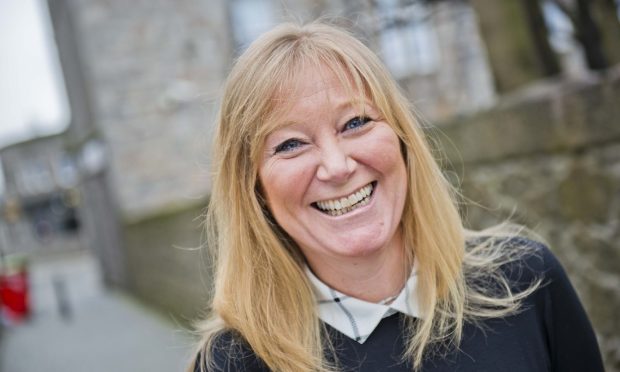
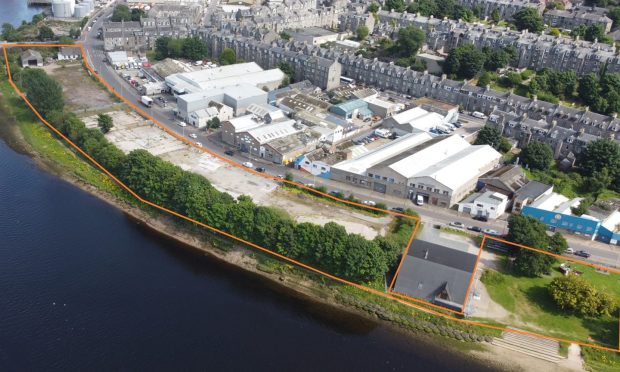
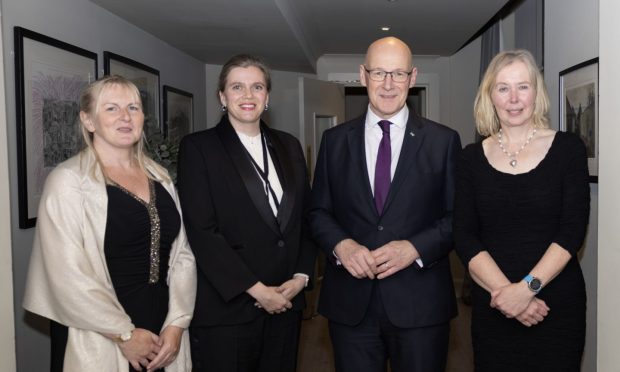

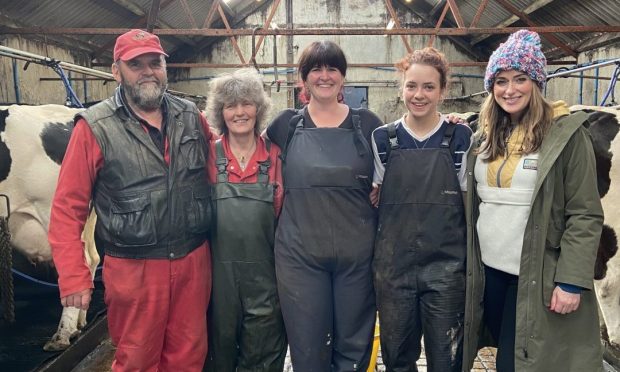

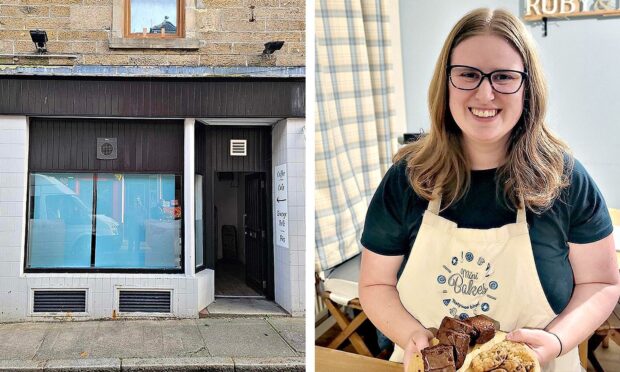
Conversation